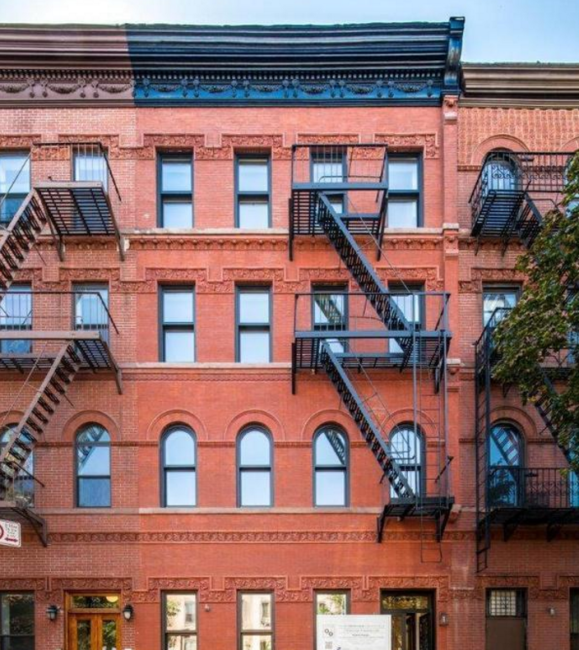What does it mean when a building is LEED-certified?
LEED, which stands for “Leadership in Energy and and Environmental Design” is the most widely-used program to certify green, or environmentally responsible construction.
Developed by the non-profit U.S. Green Building Council, LEED measures sustainable construction practices, and can be applied to all types of buildings. The designation indicates “a universally agreed-upon, holistic system for reducing environmental impacts, saving resources, impacting human health, reducing carbon emissions and addressing climate change.”
The short answer is that a LEED building is more energy-efficient, costs less to operate (and in the long-term, likely live in), and may even feel better to be in.
“There are health benefits, psychological benefits, and economic benefits,” explains Liang Chen, a LEED-certified project manager for interior design and construction at Dallas-based firm Wilson Associates, who notes that the program is intended to not only encourage sustainability, but industry innovation.
There are levels of LEED certification: certified, silver, gold, and platinum. Certification level is determined through a system of points. Points are gained through the inclusion of sustainable elements, and the more points you have, the higher your certification and sustainability.
Sustainable elements of a project include LEED-certified managers, water and air filtration systems, the use of alternative energy sources (solar, wind, thermal), locally-sourced or formaldehyde-free building materials, and encouraging shared bike programs.
You can find apartments for rent and for sale in LEED-certified buildings around NYC, but it may be hard to find a deal. Many LEED-certified buildings are at the upper end of the market, and while that classification is certainly something to aspire to and take pride in, it’s also a marketing point.
Battery Park City led the charge in the LEED-certified residential game in NYC, but other, newer developments in the city include 345 Meatpacking, The Edge North Tower, AVA High line and Pierhouse Brooklyn Bridge Park.
And just in case you’re wondering: how do you know a building is as green as it says it is? LEED certifications aren’t given out frivolously, and projects are submitted to extensive review and testing before certifications are awarded.



























